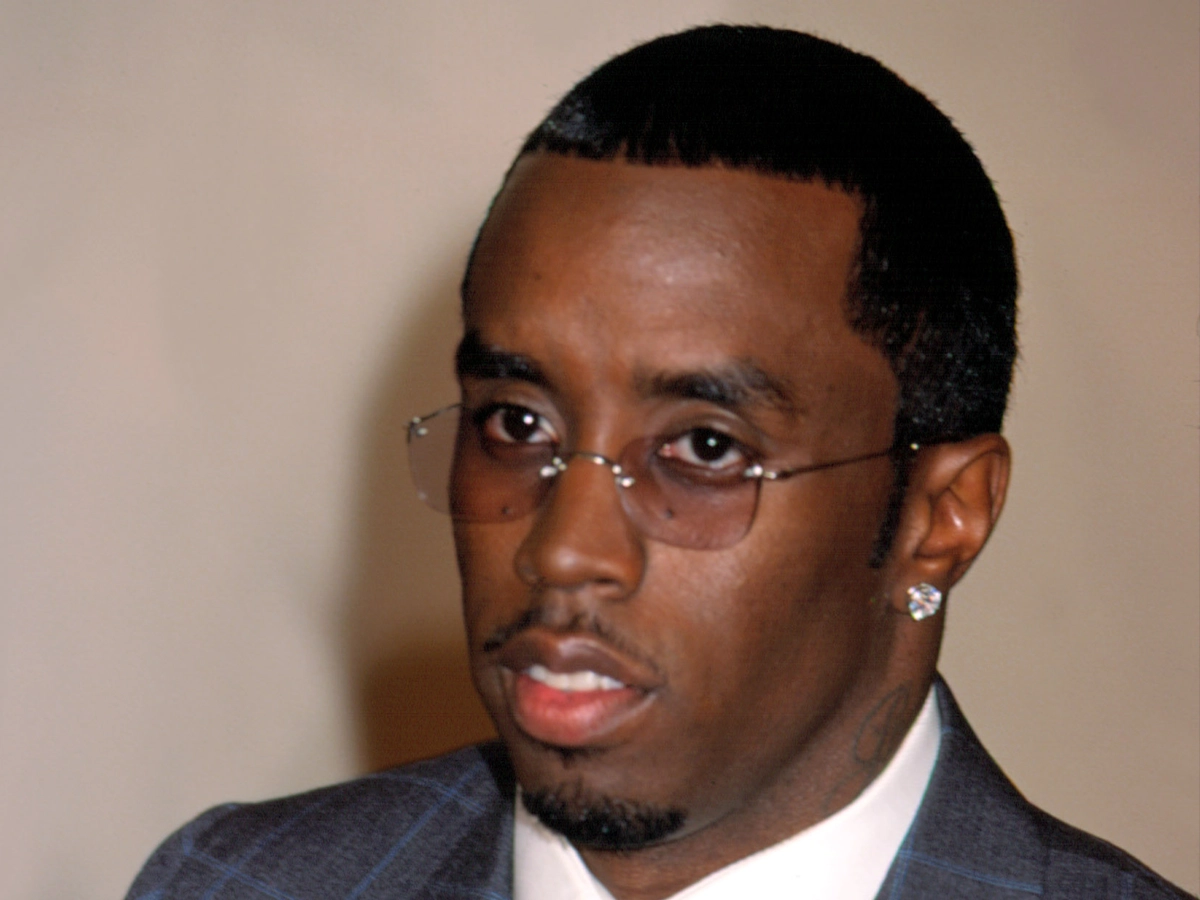Conscious uncoupling: what is it? does it work?

The process of ending a romantic relationship, commonly known as uncoupling, is a complex and multifaceted journey. Researcher Diane Vaughan sheds light on the various stages and behaviors that contribute to the dissolution of relationships in her book, “Uncoupling: Turning Points in Intimate Relationships” (1990) and therapist Katherine Woodward Thomas, in the self-help book “Conscious Uncoupling: 5 Steps to Living Happily Even After” (2015) coins the stages of “conscious uncoupling”. This article aims to create an understanding of “conscious uncoupling” with proven accounts given these works of knowledge.
What is conscious uncoupling?
Conscious uncoupling is a modern approach to ending a relationship or marriage that focuses on honoring the individuals involved and breaking free from traditional norms. It is not limited to wealthy or famous individuals and can be beneficial for anyone going through a difficult breakup. The concept was popularized by therapist Katherine Woodward Thomas, in the self-help book “Conscious Uncoupling: 5 Steps to Living Happily Even After” (2015), and is synonymous with an amicable divorce, but it goes beyond that. Conscious uncoupling aims to help people heal and move on from the emotional challenges of a breakup, such as anger, unfairness, or a desire for revenge.
“Conscious uncoupling” encourages self-discovery, self-awareness, and personal growth, allowing individuals to complete the past and enter future relationships without carrying unresolved baggage. The high divorce rate in society can be seen as a call to reexamine our understanding of marriage and relationships, as humans are living longer and may have multiple long-term relationships in their lifetime. Conscious uncoupling emphasizes the importance of self-reflection, personal evolution, and maintaining mutual respect even after the relationship ends.
How do you ‘consciously uncouple’?
Conscious uncoupling involves a five-stage process developed by therapist Katherine Woodward Thomas to navigate divorce or separation in a positive and mindful way. Here is a summary of each stage:
- Finding Emotional Freedom: This stage involves letting go of negative emotions and creating a sense of calm. It’s about using your emotions to fuel positive change and setting intentions for future relationships.
- Reclaiming Your Own Power: In this stage, you reflect on your own role in the relationship and take responsibility for your actions. It’s about understanding how you contributed to the dynamics and making amends to yourself. Creating empowering mantras can help in the process.
- Breaking Negative Patterns: This stage involves examining your childhood experiences and the narratives you formed about relationships. By understanding your emotional wounds and correcting the narrative, you can break unhealthy patterns and develop healthier behaviors in future relationships.
- Creating Positive Energy: Here, you transform resentment into wisdom and forgiveness. By releasing negative emotions, making peace with the past, and envisioning a positive future, you can let go of the grip the past has on you and embrace what comes next.
- Building Your Own Happily Ever After: The final stage focuses on creating a positive future for yourself. It involves fair division of assets or setting up arrangements that benefit everyone involved, such as co-parenting. It’s about defining what your “new form of family” looks like and striving for kindness and fairness.
By following these stages, individuals can consciously uncouple and separate from their partner without harboring negative feelings, allowing them to move forward and build a happier future.
Does conscious uncoupling work?
The science behind “conscious uncoupling” according to researcher Diane Vaughan in her book, ‘Uncoupling: Turning Points in Intimate Relationships’ (1990) the process of relationship dissolution is examined given the accounts of many couples who have tried and tested the process. The author’s research reveals several key points about how couples typically end their relationships. The uncoupling process often begins with one partner, known as the initiator, feeling dissatisfied or believing that the relationship was a mistake and engaging in various behaviors instead of communicating their dissatisfaction with their spouse.
The term “conscious uncoupling” was originally coined by a sociologist in the 1970s to describe the turning point when an individual no longer identifies as part of a couple. In 2015, therapist Katherine Woodward Thomas developed a five-point program based on her own divorce experience. The term gained significant attention when Paltrow and Martin used it publicly in their Goop article where they explain their efforts to have an amicable divorce. Since its popularization in the media, there have been many more accounts where one person shares their personal experience of conscious uncoupling, where they decided to maintain a friendship and prioritize co-parenting after a long-term relationship as a logical solution for their situation. They sought therapy and followed a planned process, including sessions and steps of uncoupling.
In conclusion, While conscious uncoupling and mediation can be beneficial, they may not be suitable for every couple or situation. Factors such as willingness to cooperate, prioritize children, do personal work, and maintain positive connections play a role in determining the feasibility of conscious uncoupling. However, even if one partner is unable to engage in the process, the other can still use the divorce as an opportunity for personal growth and a positive transition.







Have your say